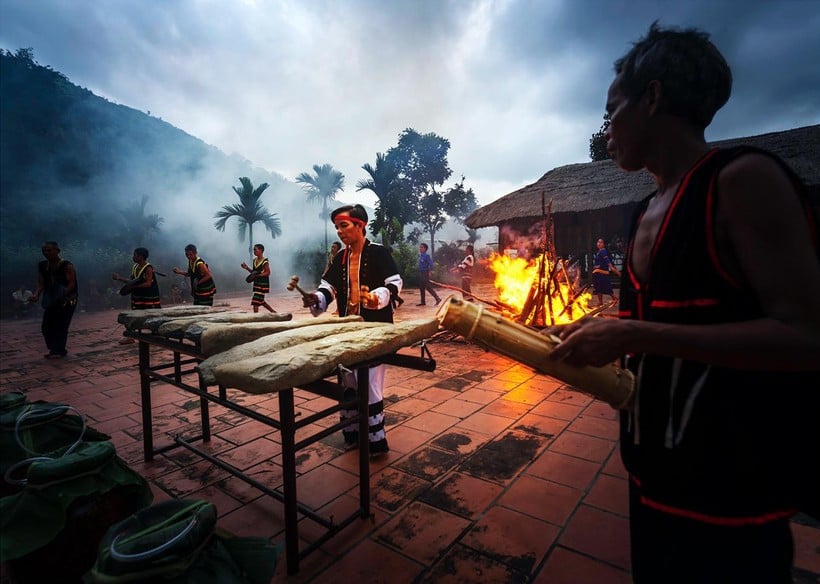
In the mountainous region of Khanh Son, Khanh Hoa province, there are sounding stone slabs, which the Raglai people simply call goong lu or stone bells, with the scientific name Rhyolite. Since ancient times, the Raglai people have known how to use the sound produced by sounding stone slabs to protect their fields and villages by arranging the stone slabs attached to small hammers on the stream. The force of the flowing water makes the hammers hit the stone, making sound. The Raglai people create lithophones.
Mr. Mau Quoc Tien, a researcher of Raglai ethnic folk culture, affirmed: As the "sacred soul" of the Raglai people, the lithophone is always performed first in important festivals of the Raglai people.
According to researchers, the scale of Khanh Son lithophone is modeled after the pitch of folk songs. Long, large, thick lithophones have a low pitch; short, small, thin lithophones have a high pitch. Lithophone artist Bo Bo Hung said that each lithophone has its own mood. It seems he wants to say that stones also have feelings and souls.
The sound of the rocks, in a unique scale, captivates people like the simple yet profound Akhàt Jucar epics of the Raglai people. Listening to it, there are billowing clouds, blowing winds; there is passionate nostalgia, love. The myriad sounds of the mountains and streams blend into the deep echoes of the mountains and forests from time immemorial…
As the "sacred soul" of the Raglai people, the lithophone is always performed first in important Raglai festivals.
Mr. Mau Quoc Tien, researcher of Raglai ethnic folk culture
Afternoon falls. The To Hap River is dreamy in the mist. On the shore, in the middle of the quiet mountains and forests, I hear the sound of the lithophone resounding with the melody "Dan oi hat cung ta" by musician Bang Linh. Mr. Mau Quoc Tien hums along to the lyrics: "... Oh Khanh Son lithophone/ Oh Vietnamese lithophone/ The echoes of a thousand years ago...".
"Only Bo Bo Hung can play that voice!", Mr. Mau Quoc Tien affirmed, like a soul mate.
Where are you from, the sound of the stone instrument sounds so close. The high-pitched, clear, melodious sound sounds like the sound of a stream in the middle of a vast forest. The low-pitched sound sounds like the rain in the mountains, shaking trees, and breaking rocks. I hear the sound of the stone as a harmony of the wind, the clouds, the flowing water, the stray firewood, like the breath of the great forest from thousands of years ago. The sound of his stone instrument echoes throughout the mountains and forests, calling the mountain gods, the forest gods, and the ancestors to wake up and join the Raglai people in enjoying the new rice season. The stone seems to know how to cry, how to laugh with Bo Bo Hung.
I have heard many times People's Artist Do Loc play the lithophone with the songs: Spring in Ho Chi Minh City, The girl sharpening spikes, Greeting the rising sun... The sound is so clear it touches the heart, even the low notes. Once, listening to the lithophone, the late Professor, Doctor Tran Van Khe felt that the lithophone has "an expression of thoughts just like a human"; at the same time, he affirmed that no country in the world has two prehistoric musical instruments with such profound cultural, artistic and philosophical significance as the Vietnamese bronze drum and lithophone.
Listening to the two young artists Tro Thi Nhung and Bo Bo Thi Thu Trang play the lithophone in duet, I was very surprised because in the performance there were many very delicate musical passages that had previously only been seen on the guitar, piano, violin... Now, not only singing Raglai folk songs, the lithophone can also be played in harmony with a number of other musical instruments such as the ma la, tale piloi flute, gourd trumpet... or play the melodious bells on New Year's Eve in the Western music Happy New Year...
According to the collection of musician Nguyen Phuong Dong, former Director of Khanh Hoa Provincial Cultural Center, the first lithophone found in Vietnam is called Ndut Lieng Krak, excavated by French ethnologist Georges Condominas in Dak Lak in 1949. Ndut Lieng Krak was brought to France for research and is currently on display at the Museé de l'Homme, Paris.
The lithophone set, considered typical of Vietnam, consists of 12 stone bars of different sizes, shapes and sounds, hidden by Mr. Bo Bo Ren's family at Doc Gao Mountain, in Trung Hap Commune, Khanh Son District (old), Khanh Hoa Province. Despite the fierce war, his family was determined to keep the precious lithophone set. Archaeologists concluded: This is a lithophone set of the Raglai people, dating back 2,000-5,000 years. In 1979, Vietnam officially announced to the world the discovery of the Khanh Son lithophone set, an ancient musical instrument with special value in the history, culture and art of the nation.
Musician Nguyen Phuong Dong said that in 1979, when he discovered the Khanh Son lithophone, he, artist Hai Duong, and People's Artist Do Loc were assigned to practice performing for the Ministry of Culture and Information. After that, Khanh Hoa province established a folk music and dance troupe. Musician Nguyen Phuong Dong was appointed as deputy head of the troupe, and he began his journey to find sounding stones to make lithophones for performance. According to him, the Khanh Son lithophone is mainly made from Rhyolite Porphyre stone, which has the best sound found in the Doc Gao area, so it is different from lithophones in other places.
According to documents of the Department of Culture, Sports and Tourism of Khanh Hoa province, in 1979, after announcing to the world about the two sets of Khanh Son lithophones, on March 16, 1979, Mr. Mai Duong, Chairman of the People's Committee of Phu Khanh province at that time, gave two sets of lithophones to musician Luu Huu Phuoc, Director of the Vietnam Music Research Institute, Chairman of the Khanh Son Lithophone Scientific Council for research. Units under the Ministry of Culture, Sports and Tourism brought these two sets of lithophones to introduce and perform domestically and internationally, attracting the attention of scientific researchers.
According to the collection of musician Nguyen Phuong Dong, former Director of Khanh Hoa Province Cultural Center, the first lithophone found in Vietnam is called Ndut Lieng Krak, excavated by French ethnologist Georges Condominas in Dak Lak in 1949.
In 2020, Khanh Son District People's Committee restored three original water lithophone systems of the Raglai people; arranged at natural streams in Doc Gao (To Hap town); Ba Cum Nam commune and Thanh Son commune; and at the same time ordered musician Nguyen Phuong Dong to make 10 sets of lithophones for performance.
At that time, Chairman of Khanh Son District People's Committee Nguyen Van Nhuan shared: "We are determined to preserve and promote the traditional musical values of the Raglai people. On the basis of preservation, the locality will inherit and promote the value of Khanh Son lithophone in particular and the culture of the Raglai people in general to serve the development of local tourism in the future."
On March 27, 2023, at the headquarters of the Vietnam National Institute of Culture and Arts, under the Vietnam National Institute of Culture and Arts, the two sets of lithophones mentioned above were handed over to Khanh Hoa province. On January 18, 2024, the Prime Minister issued Decision No. 73/QD-TTg recognizing Khanh Son lithophone as a national treasure.
The lithophone is a treasure, the sacred soul of the Raglai people. However, there are not many Raglai people who are passionate about it anymore. The proof is that now the number of people who know how to make and play the Khanh Son lithophone can be counted on the fingers of one hand. Preciously, there are still people like Mr. Bo Bo Hung, who is passionate about the sound of the lithophone and is always enthusiastic in passing on to Raglai boys and girls the flame of passion for the traditional music of their people.
This morning, Bo Bo Hung woke up early. He woke us up with the clear melodies of the lithophone. The mountains and forests were still sleeping in the mist. In the lingering echoes of the tapai wine from last night, I dreamily heard the sounds of the rocks and mountains echoing far and wide, as magical as the poetic, emotional Raglai love songs.
Source: https://nhandan.vn/nhiem-mau-khuc-tu-tinh-raglai-post923246.html





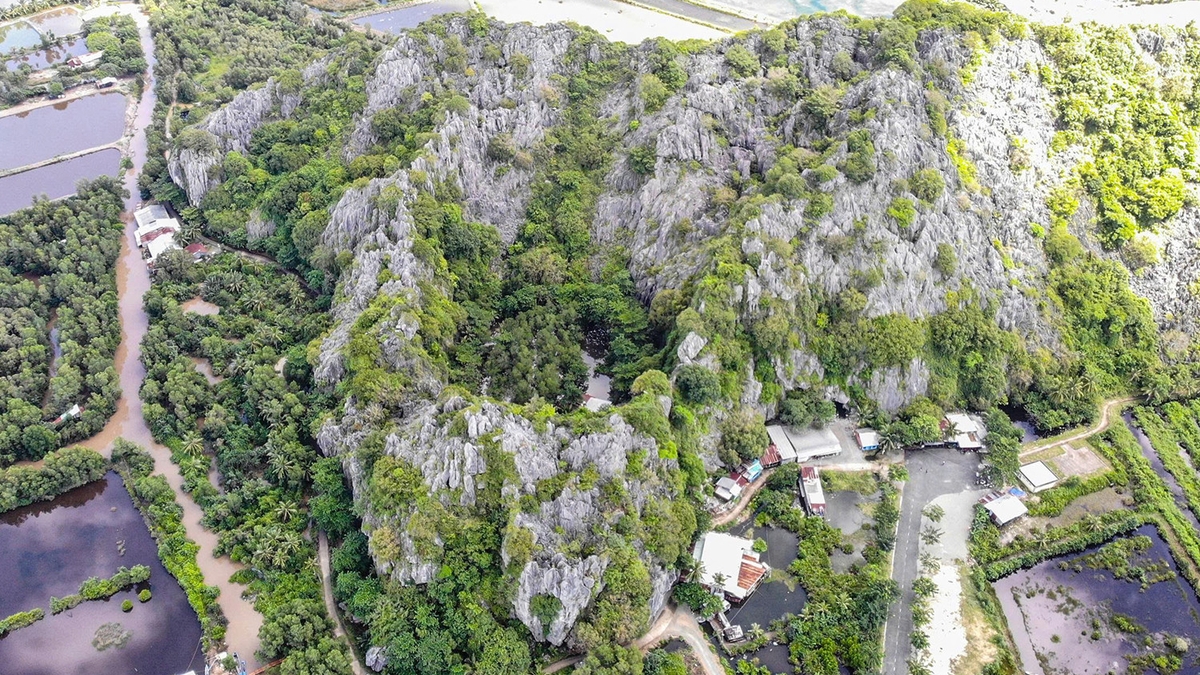
![[Photo] Unique architecture of the deepest metro station in France](https://vphoto.vietnam.vn/thumb/1200x675/vietnam/resource/IMAGE/2025/11/14/1763107592365_ga-sau-nhat-nuoc-phap-duy-1-6403-jpg.webp)

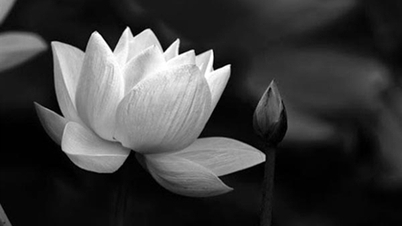

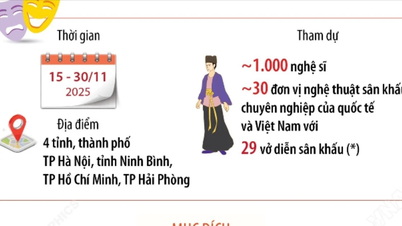

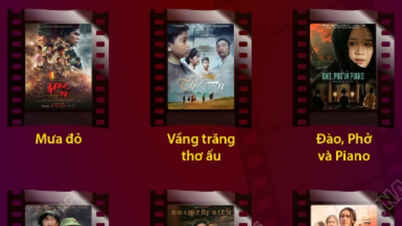
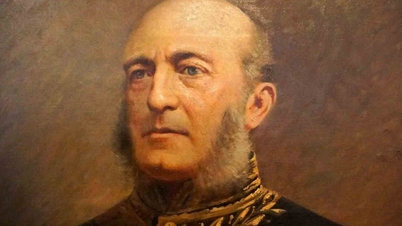


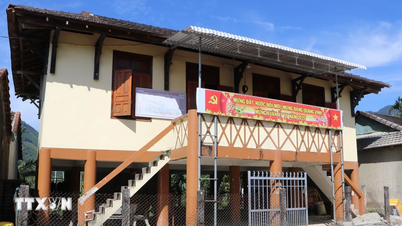







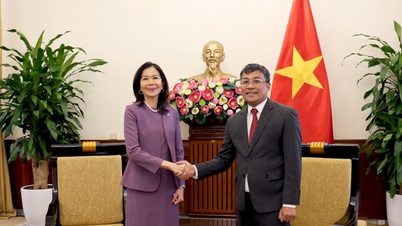

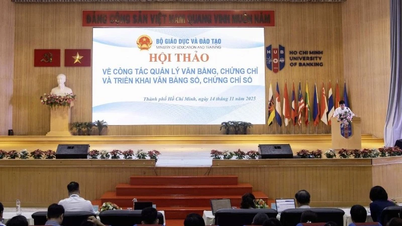
![[Photo] Special class in Tra Linh](https://vphoto.vietnam.vn/thumb/1200x675/vietnam/resource/IMAGE/2025/11/14/1763078485441_ndo_br_lop-hoc-7-jpg.webp)
![[Photo] Unique art of painting Tuong masks](https://vphoto.vietnam.vn/thumb/1200x675/vietnam/resource/IMAGE/2025/11/14/1763094089301_ndo_br_1-jpg.webp)









































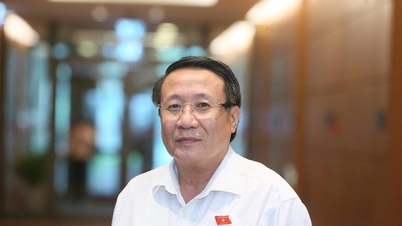

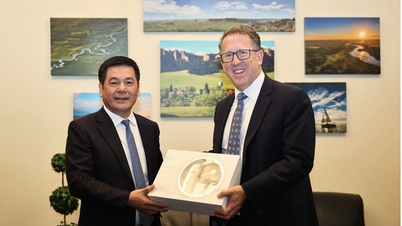

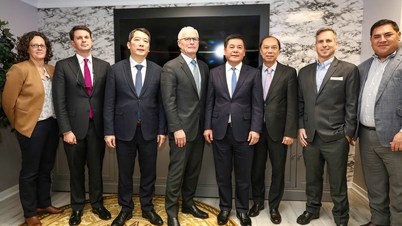




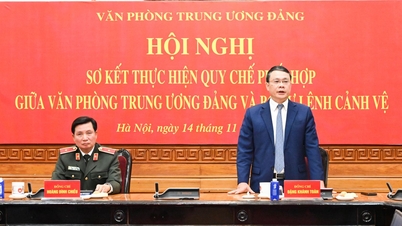
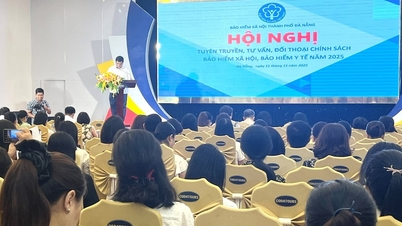

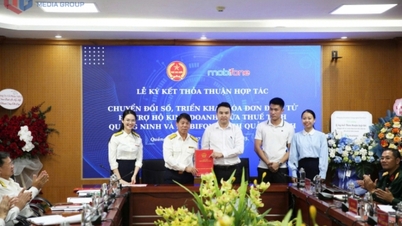

















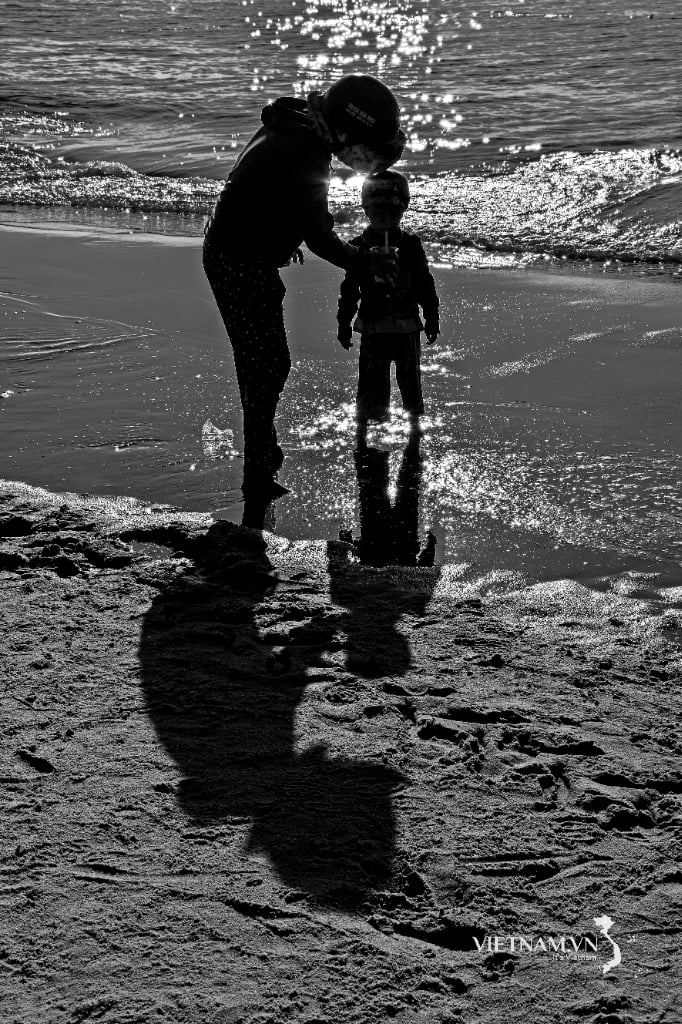



Comment (0)